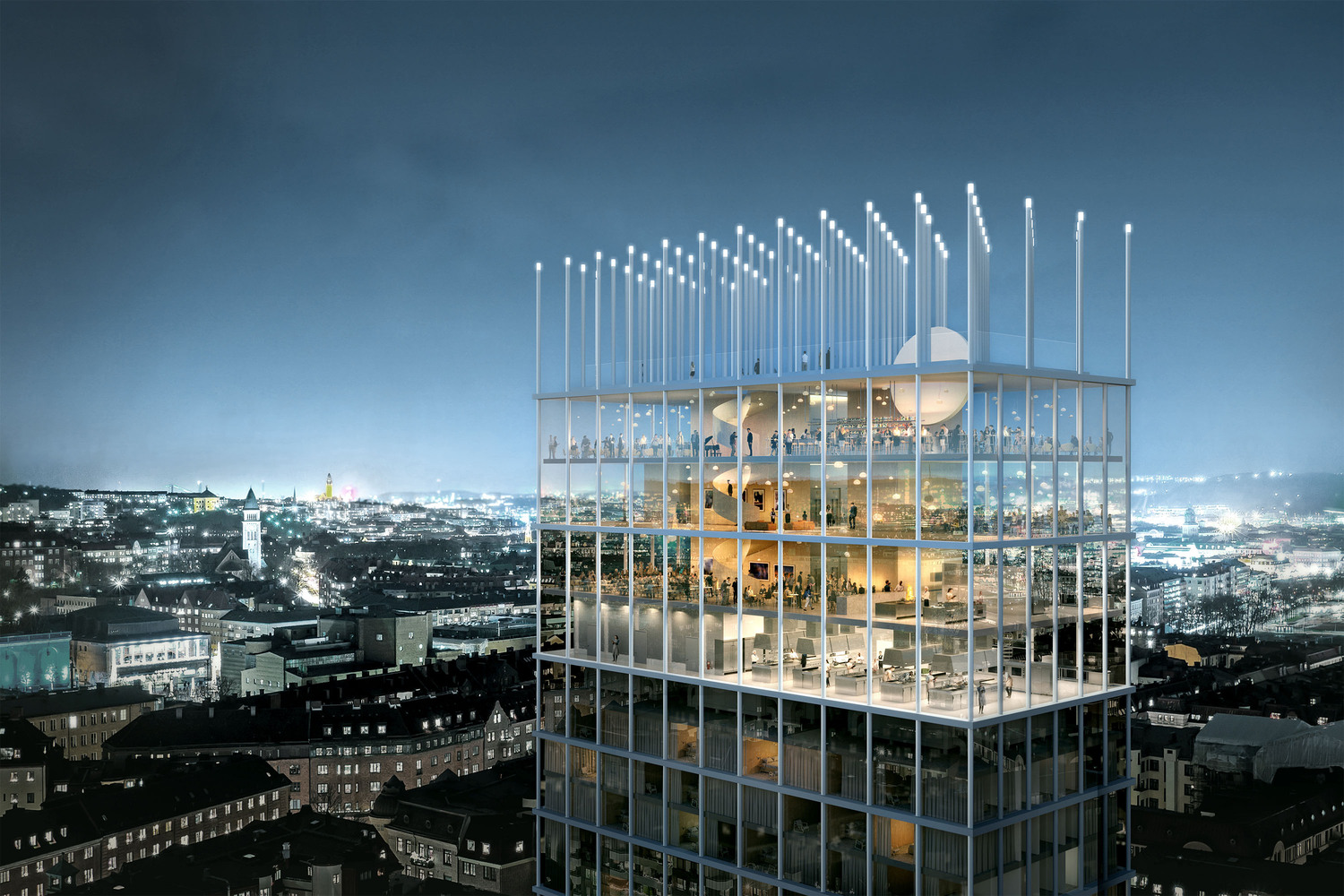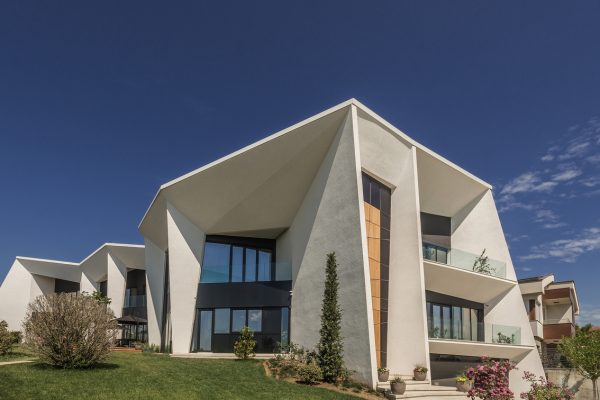
Tham & Videgård win competition to Design +One Tower
Architectural firm Tham & Videgård won the international competition to elaborate a new addition for the Swedish Exhibition and Congress Centre in Gothenburg. The selected proposal puts in place a new hotel tower and a main entrance for the venue.

Considered one of Europe’s largest integrated meeting locations, the exhibition center, founded around 1923, will have a building that will stand out in its context and function in direct connection to its surroundings. Scheduled for completion in 2025, the +One tower project will enhance the neighborhood with the parallel creation of two entrances to the new station for the underground railway system. Also, in conjunction, the original main exhibition hall from 1957 will be refurbished.

A new point of reference within the city, the architects imagined a light structured tower, taller than the existing Gothia Towers, with a new multi-stories entrance and a generous public terrace. Located in Gothenburg’s most central site, in the midst of a diverse mix of nineteenth-century urban blocks, large scale sports venues, parks, and a new public transportation hub, the future landmark will contribute highly to the street life. In fact, the conceptual approach of the winning intervention is based “on the idea of a direct and open interface between the city and the venue”.

With white steel columns and transparent low-iron glass, the building has 3 main parts: the base, the tower, and the crown. Firstly, the base that retains the main entrance, the hotel lobby, and levels for conference spaces, resembles in size the neighboring six stories 19th-century structures. On another hand, the towering hotel will host four hundred rooms, whereas the crown will hold four levels for dining and bars. The extended grid of the columns generates a roof terrace, at the very top. Finally, the plaza, in front of the intervention, is a multi-functional accessible space where different activities can take place, from seating to temporary exhibitions and cultural events.
This feature was originally published in archdaily.com.


